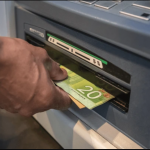Now Reading: 10 Facts About ATMs & Cash You Might Not Know
-
01
10 Facts About ATMs & Cash You Might Not Know
10 Facts About ATMs & Cash You Might Not Know
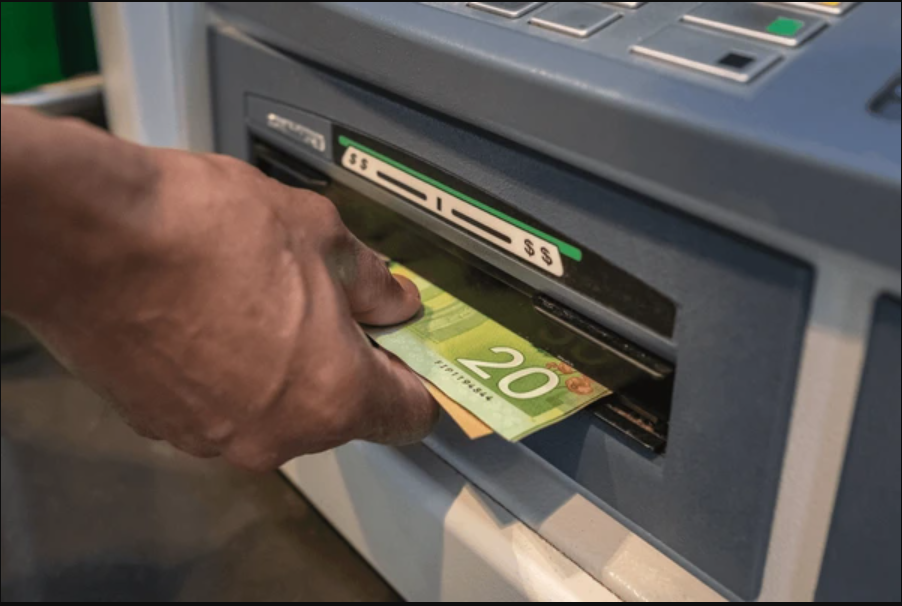
1. The Origin of the ATM Had Multiple Fathers
While many credit John Shepherd-Barron (of De La Rue) with inventing the first cash dispensing ATM (installed at Enfield, UK, in 1967), the story is more complex. Scottish inventor James Goodfellow patented the PIN (personal identification number) system in 1966, which is essential for modern ATMs. And earlier, Luther George Simjian developed a device called the Bankograph around 1960, which accepted cash or checks/deposits but did not dispense cash. CNBC
2. The Very First Cash Dispensing ATM’s Details
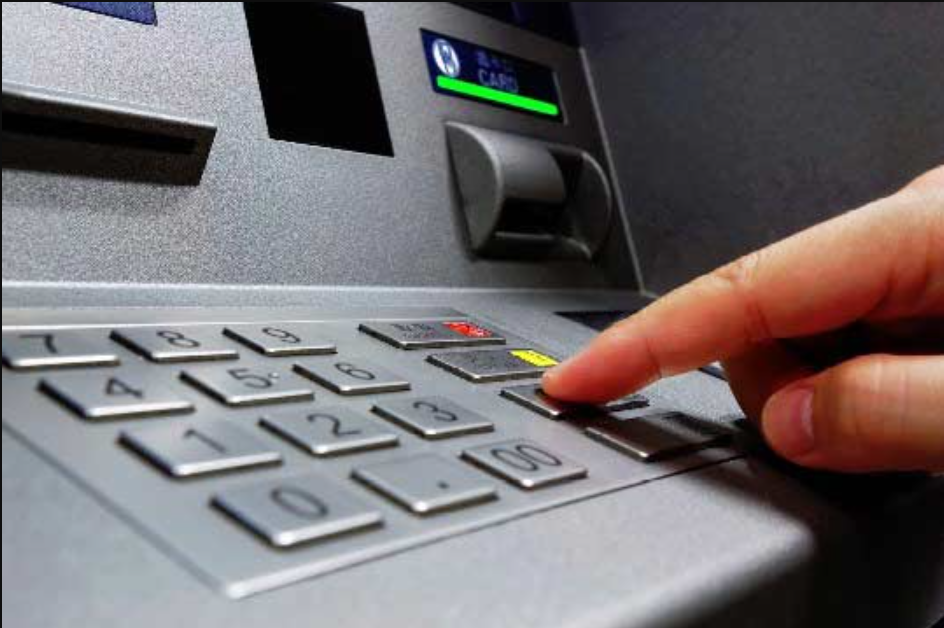
The first machine that dispensed real cash (rather than just receipts or deposits) was installed by Barclays in Enfield, UK, on 27 June 1967. It used paper cheques imbued with carbon-14 (a mildly radioactive chemical) for verification. The PIN system came a bit later. metro.co.uk+2
3. IBM’s Role & the Magnetic Stripe
To make ATMs work reliably, banks needed a way to store and transmit account info securely. IBM developed the magnetic stripe technology in bank/credit cards in the 1960s. That stripe stores data needed for ATMs and POS systems, enabling verification and transactions. IBM
4. Canada’s Cash Use Is Declining, But Still Significant
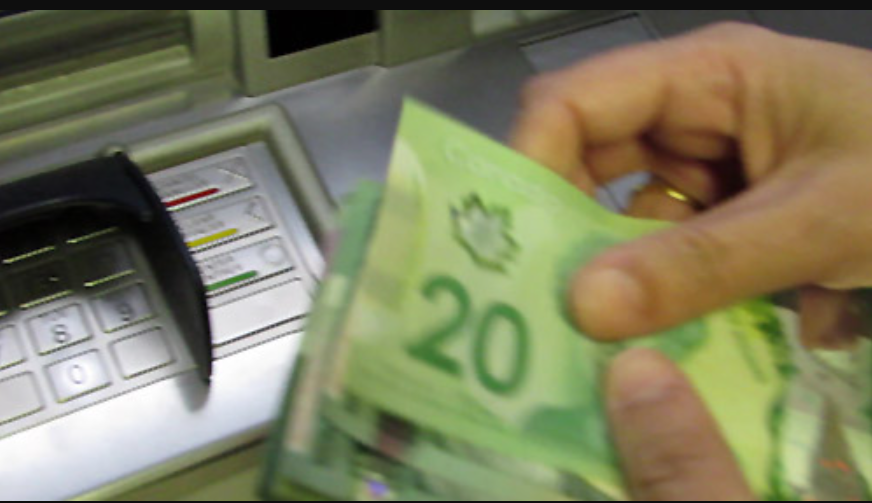
According to Payments Canada, while the total payment value is rising, cash use has declined sharply over the past five years — roughly 41% in value of cash purchases. Still, as of 2022, about 10% of transactions in Canada were paid in cash. payments.ca+1
5. Canadians Still Hold a Fair Amount of Cash on Hand
A 2024 Bank of Canada survey found that, on average, Canadians had about CAD $156 in cash in their wallets. That amount has remained fairly stable since 2017, when adjusted for inflation. Younger adults (18-34) tend to carry even more when compared to other age groups. wealthprofessional.ca+1
6. Demand for Cash vs Concern About Going Cashless
Canadians tend to have a “love-hate” relationship with cash. Many enjoy the convenience, privacy, and lack of fees, but also acknowledge how often we use cards, digital payments. 49% believe stores may be completely cashless within the next ten years; 52% are concerned about losing access to cash. payments.ca
7. Fraud With Cash Is More Frequent Than You Think
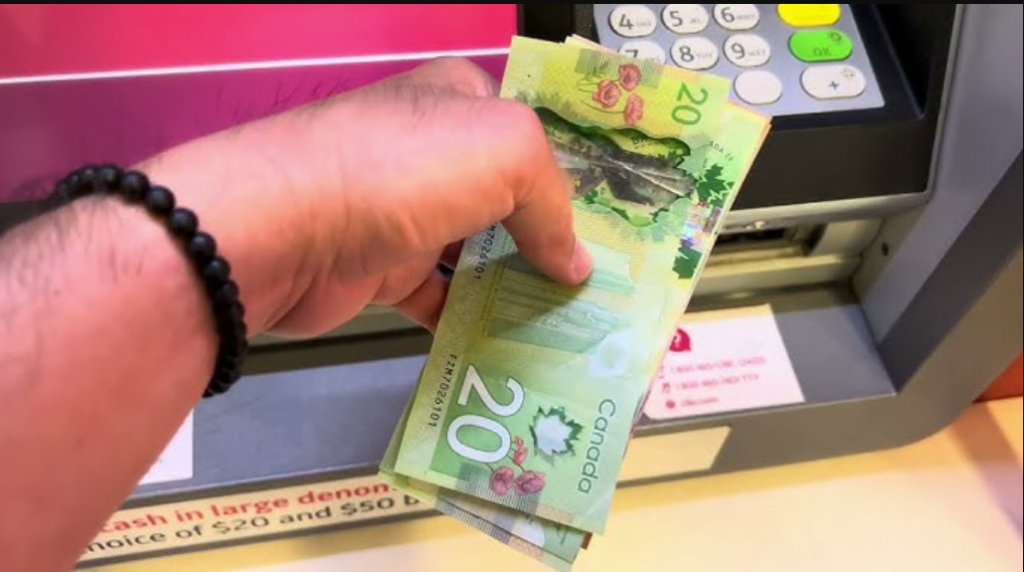
Despite ranking cash as “safe,” many Canadians report fraud incidents more frequently when using cash than with cards. Common fraud types include counterfeiting, pickpocketing, and scams. This suggests that “using cash” is not free from risk. wealthprofessional.ca
8. The ATM Revolutionized Access to Money, Even When Banks Were Closed
Before ATMs, people’s access to cash was restricted by bank hours. The idea for a cash-dispensing machine partly came from the frustration with that: people missing bank closing times. The ATM allowed for 24/7 access. Early adopters resisted the technology, but demand grew. CNBC+2Sky HISTORY TV channel+2
9. Canada Once Had a $1,000 Banknote Called a “Pinkie”
Canada issued $1,000 bills (nicknamed “pinkies”) starting in 1935. They were used in limited number, often for large transactions or even illicit activity (crime / money-laundering). In 2000, the Canadian government withdrew them from issuance (no more new ones printed), although existing bills remained legal tender. WIRED
10. ATMs Today Do Much More Than Cash Withdrawals
Modern ATMs can do many transactions: cash withdrawals, depositing cash/checks, transferring between accounts, printing mini-statements, top-ups for mobile phones, even paying certain bills. Between terminals, networks, and enhanced technology, ATMs are part of a larger digital payment infrastructure. Also, global ATM numbers are massive; there are millions of ATMs worldwide performing dozens of transaction types. atmia.com+2
Why These Facts Matter & What’s Next
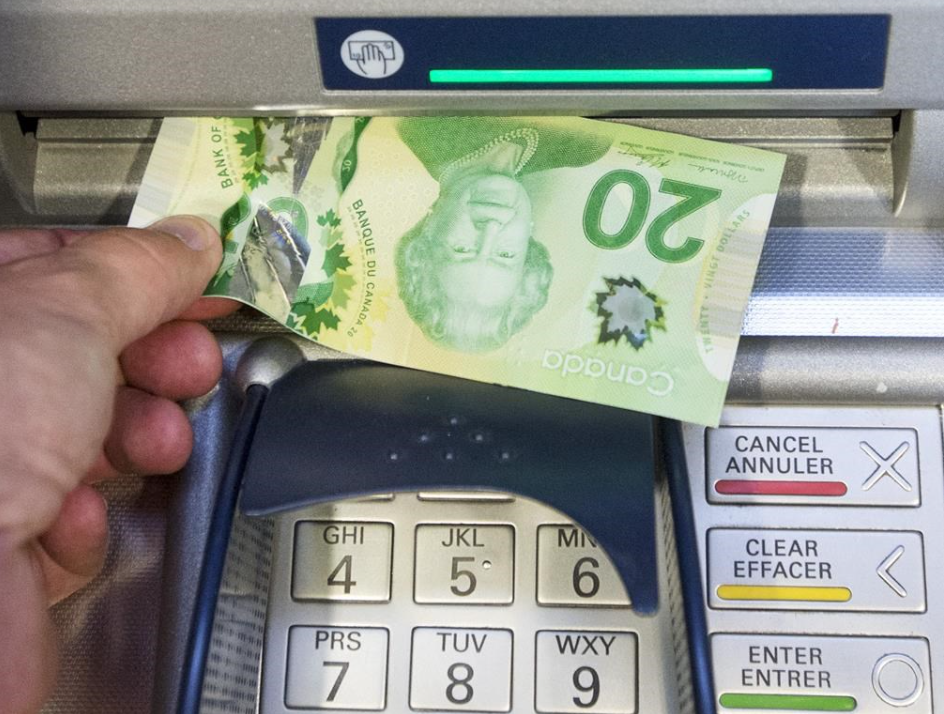
- Policy implications: As Canada moves toward more digital payments, preserving equitable access to cash will be important for those who prefer it or rely on it (older people, rural communities).
- Privacy and security: Cash is anonymous, but not invulnerable. Theft and fraud can still happen, so understanding those risks is key.
- Technology evolution: As ATMs become more capable and integrate with other financial services (crypto, mobile apps, etc.), the boundary between “cash machines” and “digital financial hubs” will blur.
- Cultural & historical insight: Money, cash, and ATMs are more than convenience — they reflect trust, societal norms, and evolution in how people transact. The withdrawal of the “pinkies” or the invention of the ATM show how societies adjust both laws and technology in response to crime, demand, or inefficiency.






